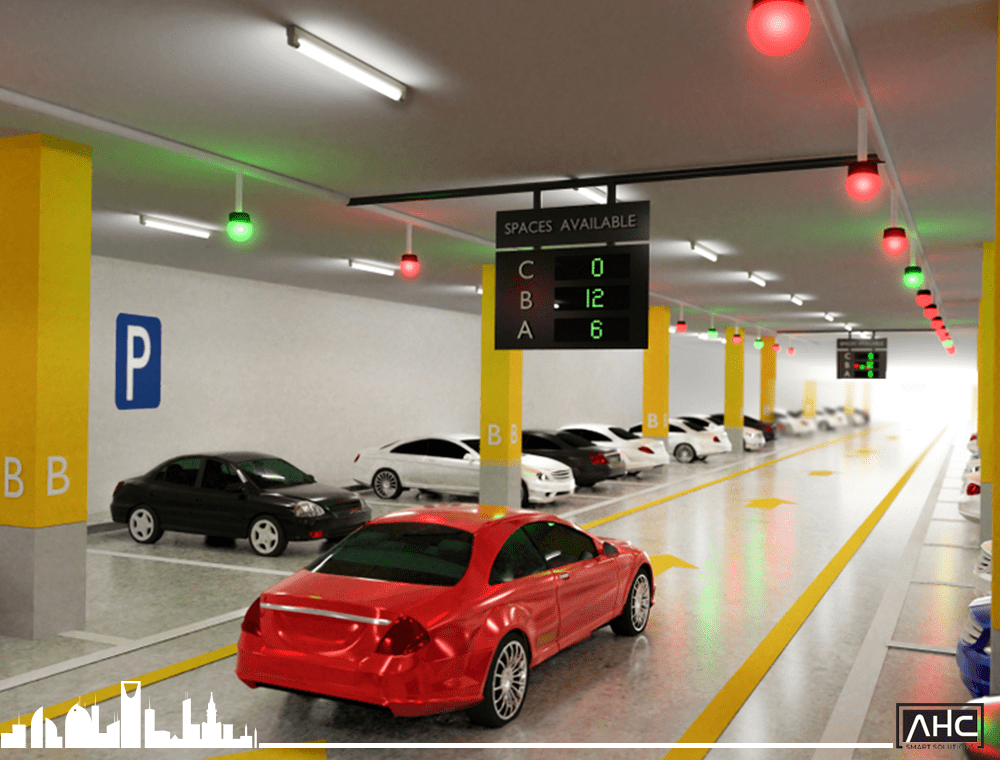The future of doors is undeniably intertwined with the quest for energy efficiency and sustainable living. As our global community grapples with the challenges of climate change and the need to reduce energy consumption, doors are emerging as a crucial element in the architectural and construction industry’s response to these challenges. Energy-efficient replacement solutions are at the forefront of this transformation. One of the most prominent developments in energy-efficient doors is the utilization of advanced materials and technologies. Traditional doors, often made of solid wood or single-pane glass, have given way to innovative alternatives such as insulated fiberglass and double or triple-glazed windows. These materials provide better insulation, reducing heat transfer and air leakage. By enhancing the thermal performance of doors, they contribute to lower energy bills and decreased carbon footprints. In addition to materials, smart technologies are playing a pivotal role in the future of energy-efficient doors.
For instance, a smart door can detect temperature changes and adjust its seal to prevent drafts, ensuring a consistent interior climate. Furthermore, remote control features allow homeowners to operate doors and locks from their smartphones, enhancing security and energy management. By embracing these technologies, energy-efficient doors are no longer passive barriers but active contributors to a sustainable and convenient living environment. Energy-efficient doors are also becoming more environmentally friendly in their production. Manufacturers are increasingly adopting sustainable practices, using recycled materials and low-impact manufacturing processes. This not only reduces the environmental footprint of door production but also appeals to eco-conscious consumers who seek to make environmentally responsible choices. Another aspect of the future of doors involves the incorporation of renewable energy sources. Solar panels integrated into doors can harness the power of the sun to generate electricity, helping to offset energy consumption within homes and buildings.
These doors not only reduce energy costs but also serve as a visual reminder of the transition towards a greener and more sustainable future Visit Page. The transition to energy-efficient doors is not only driven by individual consumers but also by government regulations and incentives aimed at reducing energy consumption and carbon emissions. Many regions are imposing stricter building codes and energy efficiency standards that encourage the installation of energy-efficient doors. Additionally, various financial incentives and tax credits are available to homeowners who invest in these upgrades, making the switch to energy-efficient doors an economically viable choice. In conclusion, the future of doors is marked by a significant shift towards energy-efficient replacement solutions that address the pressing issues of climate change and energy conservation. Advanced materials, smart technologies, sustainability, and renewable energy integration are all driving this transformation. Energy-efficient doors are not only reducing energy consumption but also enhancing convenience, security, and the overall quality of life. As we continue to innovate in this field, the door will no longer be merely an entrance or exit but a key component in the battle for a more sustainable and energy-conscious world.




